Secrets of growing, care and reproduction of remontant raspberries
In a wide variety of ornamental fruiting bushes, raspberries are the most popular. It can be found in almost every summer cottage or in the garden. This type of berry is one of the most useful and is one of the most beloved, among other berry plantings.
Content:
- General information about remontant raspberry
- Raspberry varieties
- Care and reproduction
- Beneficial features
General information about remontant raspberry
Raspberry belongs to the Rubus species. In nature, there are many of its species, more than 120, but only 4 are domesticated. Raspberries are subshrubs, and have some differences from similar plants. The roots of the plant are perennial, but the upper part, raspberry shoots, can be annual or biennial.
The flowering period is from late May to mid June, the fruits ripen 3-5 weeks after flowering.
Repair raspberry belongs to a separate group of these plants. Its peculiarity is that the fruits appear not only on two-year-old shoots, like in common raspberries, but also on annuals. As a result of this feature, the crop can be harvested several times, in mid-summer and autumn. Also, this type of raspberry is frost-resistant, that is, it can tolerate frosts down to -4 degrees.
Raspberry varieties
Due to its popularity, many varieties have appeared in raspberries, bred by breeders... They differ in the height of the shoots, the requirements for climatic conditions and, of course, the ripening period and the size of the berries.
Variety "Atlant":
- This variety has strong shoots, the height of which reaches 2 meters.
- Fruit ripening begins in the third week of August and lasts until the first light frosts.
- The berries of this variety are large, conical, the weight of one fruit can reach 11 g.
- They have a sweet and sour taste and a strong pleasant aroma.
- Perfect for processing and freezing.
- The bush releases up to 5 shoots per season, so it does not need to remove unnecessary "weed" shoots. This variety is resistant to diseases and pests.
The leaves are large, dark green. Another advantage of the Atlant variety is that it is drought tolerant.
Variety "Hercules":
- Low straight shoots, strong, do not require a garter.
- During the season, the bush releases up to 4 shoots.
- Fruit ripening begins in mid-August.
- Large berries and have a bright ruby color.
- The shape of the berries is conical, the taste is sweet and sour.
- Fruits are dense, juicy, well transported.
The bushes are resistant to diseases and ticks, slender, not spreading. This variety is perfect for freezing and processing.
Variety "Penguin":
- The advantages of this type of remontant raspberry are that it is the earliest.
- And if last year's shoots remain, then the berries can be harvested from mid-June.
- Young shoots will harvest in August.
- The berries are rounded and have a sweet and sour delicate taste.
- On a branch, they can be in a mature state for up to a week, without losing their taste.
- The bushes are not tall, the maximum growth is up to 1.5 meters.
- Shoots are strong, do not require support, not spreading.
- This variety is resistant to diseases and pests, as well as frost-resistant. The roots can withstand frost down to -25 degrees.
Variety "Bryansk Marvel":
- This type of remontant raspberry mainly bears fruit on annual shoots. Therefore, annual full pruning is required
- Raspberries have shoots that reach 1.8 meters in height.
- It produces up to 6 of them annually, which branch out according to the degree of growth.
- The leaves are densely located on the shoots, dark green, corrugated.
- The berries are very large, juicy, bright red. They have a sweet and sour taste and are suitable for any processing and freezing.
- Ripening of berries begins in August and lasts until mid-autumn.
Variety "Orange Miracle":
- This variety differs from the others in that the color of the berries is unusual red, and orange.
- The berries are large, have a light aroma and a delicate sweet and sour taste.
- Up to 100 fruits can ripen on one branch.
- This raspberry variety has low bushes, about 1.5-1.7 meters. There can be from 5 to seven shoots. Medium, thick, by the end of autumn, the lower half of them turns brown.
- The bushes are resistant to pests and diseases.
Variety "Apricot":
- This variety got its name because of the taste of the berries, they have a delicate apricot flavor.
- The color of the berries also resembles an apricot - yellow, with a slight pinkish tint.
- The harvest ripens in early August and bears fruit until mid-autumn.
- The bushes of this variety are low, the maximum height is 1.5 meters, the shoots are weak, they require a garter. Just like many varieties, it is resistant to diseases and pests.
These are just a few of the most common varieties of remontant raspberries... With a deeper study, you can choose the variety that is most suitable for any climatic zone.
Care and reproduction
When planting remontant raspberries, you must carefully choose a place. This species needs warmth, fertile soil and a lot of sunlight, since even with light shading, the fertility of the bush decreases. When planting raspberries it is better to choose the southern side of the house near the house, there will be enough heat for the bushes. In summer, the snow will melt there faster, and the frost will be less. But if the site is located in the southern region, and the summer temperature is high enough, then you can choose a slightly cool place for planting.
Although raspberries can grow in almost any soil, it is best to choose an area with loose and fertile soil.
It is useful to add a little peat and humus to the soil; with these additives, the bushes will be taller and stronger.
Landing features:
- Experienced gardeners advise against planting raspberries in areas where potatoes, tomatoes or eggplants grew in the previous year. Also, do not replace one raspberry for another in the same area.
- When raspberry rhizomes grow, they release substances that harm the newly planted seedlings of this plant. You can return to such a place with the planting of raspberries only after 7 years.
- Also, the landing site should not be waterlogged. Raspberries, although they love high humidity, do not tolerate stagnant water.
- Bushes are planted in early spring or autumn. The seedlings should have a strong root system and an upper part of up to 30 cm.
Growing remontant raspberries is very simple. She is a plant not very demanding to care... Like many plants, it needs regular watering, loosening the soil and harvesting weeds. Watering should not be very abundant. If there is a constant stagnation of water, then the young roots can rot and die. When loosening the soil, you should also be careful with the small roots. If young roots are damaged, the plant will need several days to recover, which will slow down the development of the bush and fruits.
Also, the bushes can be mulched with fertilizer and peat, and in the third year of the life of the bush, it is necessary to start applying mineral fertilizers.
In the summer, it is necessary to regularly remove excess shoots and root seedlings, as they pull nutrients from the bush. It is necessary to leave no more than 6 shoots for replacement.Excess shoots near the main bush are removed with pruning shears just above the soil, root shoots can be removed by cutting them below the soil level. These cut offs can be used for propagation.
After frost, it is necessary to prepare raspberry bushes for wintering. For this, almost the entire above-ground part is cut off at the root, all branches and leaves are removed from the site. If desired, a few branches on the bush can be left for early harvest next year.
Reproduction of remontant raspberries:
- Repaired raspberries release few shoots, which makes it difficult for them to reproduce. Therefore, in order to stimulate the germination of root lateral shoots, it is possible to cut the shoots in the bushes that have reached the age of two in early spring.
- After a while, the bush will give many root shoots that can be use for planting in new places.
- Also, when planting, it is necessary to take into account the distance between bushes and rows. Bushes are planted at a distance of 07 m, and new rows at a distance of 1.5 m.
- The best shoots are those that have reached a height of 5 cm. Taller shoots take root much worse. And if the sprouts are more than 10-15 cm long, then they are no longer suitable for transplanting, since the process of strengthening the roots has already passed.
- The necessary cutting is dug in and transferred along with a lump of earth to a new place. It is necessary to plant in loose, moist soil and do not root with the help of water, from this the sprout will disappear.
Beneficial features
Therapeutic properties of raspberries known to everyone from childhood:
- For colds, it is always recommended to drink raspberry tea.
- Also raspberries have tonic properties.
- Also, raspberries are recommended to use for anemia, atherosclerosis, hypertension.
- The berries contain vitamins and minerals.
- Eating fresh raspberries improves skin condition.
More information can be found in the video.



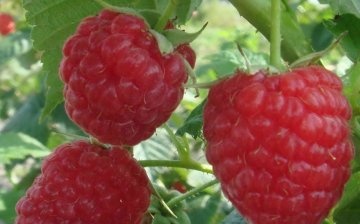
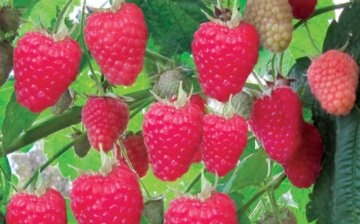
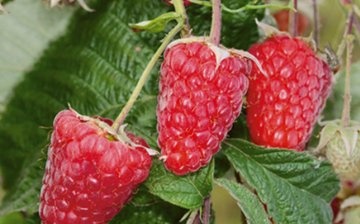
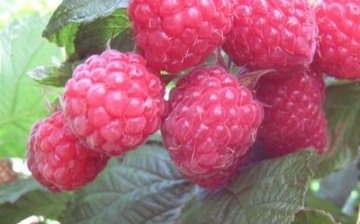
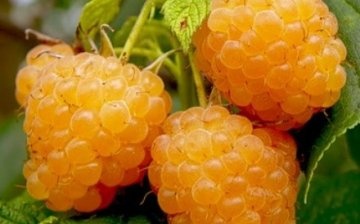

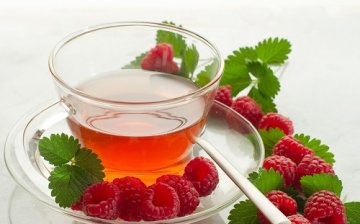








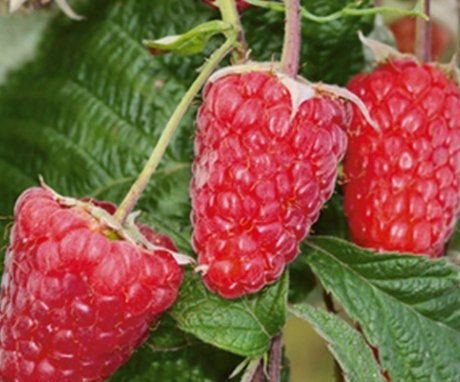
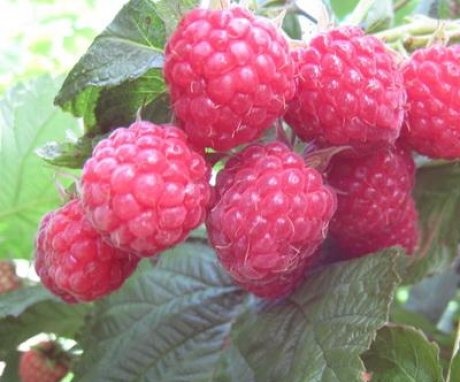
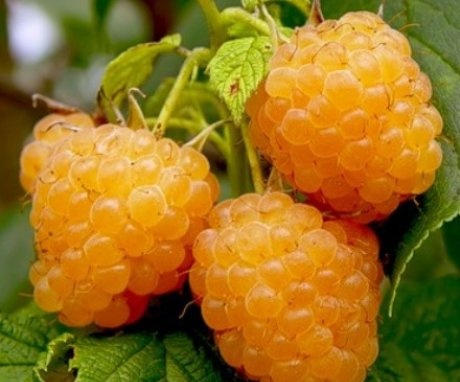
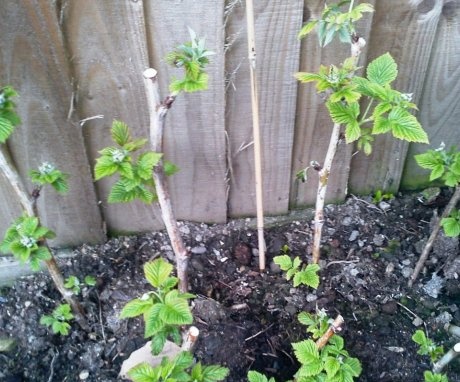
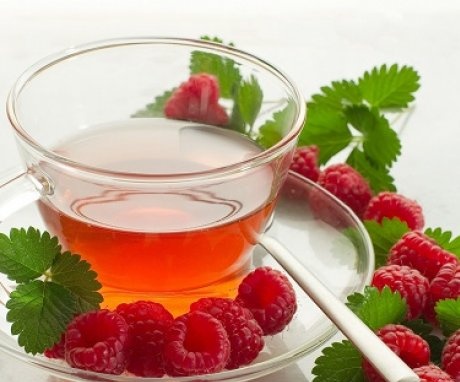
How much useful information! BUT, not a word about diseases ((I have raspberries growing in my dacha, they always bore fruit well, but this year some thickenings began to appear on the stems, and the bushes began to die. Help, what to do, we really love raspberries!